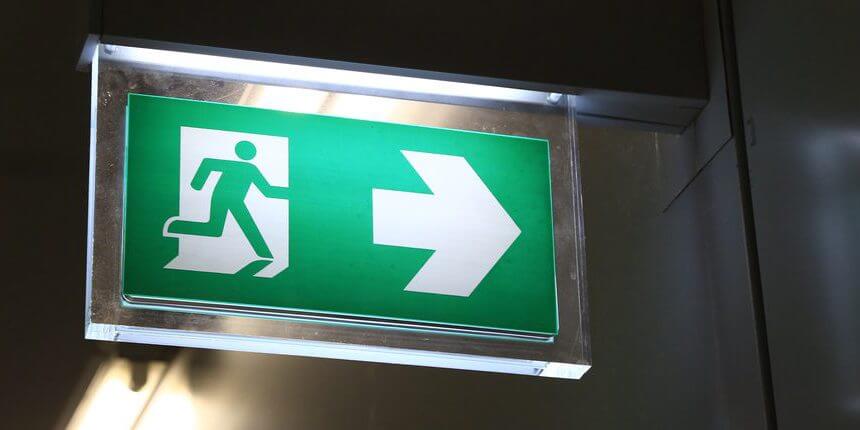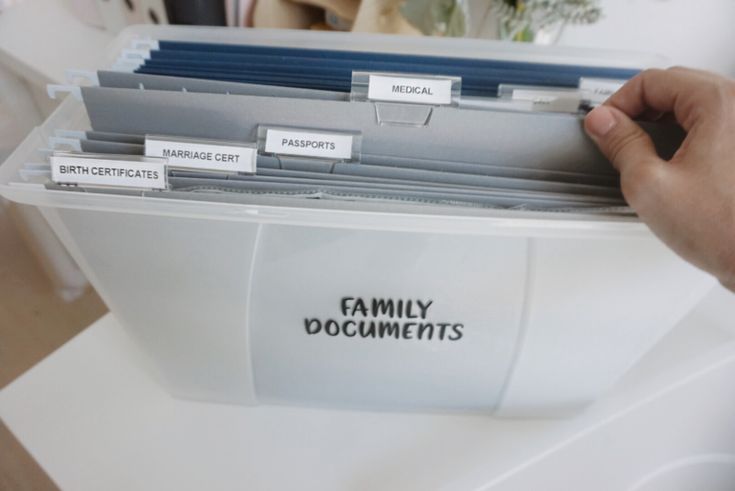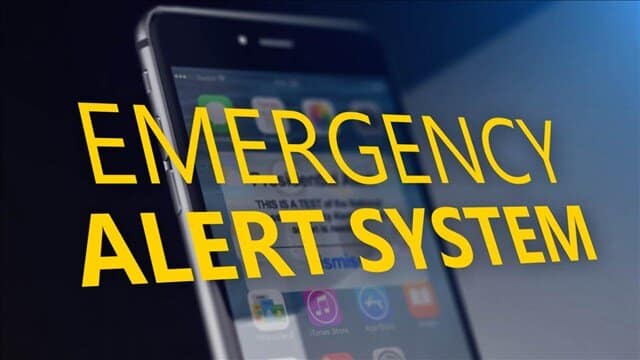Emergencies are unpredictable, often striking when least expected. Being prepared can make all the difference in ensuring the safety of loved ones and property. An emergency evacuation plan serves as a roadmap for swift and organized action during such times. This guide will walk readers through the essential steps to craft a comprehensive evacuation strategy tailored to individual needs and circumstances.
Understanding the Risks

Emergencies can vary based on geographic location, building structure, and other factors. It’s crucial to recognize potential threats specific to one’s environment. For instance, coastal areas might be more prone to hurricanes, while urban settings might face risks from fires or gas leaks. By understanding these risks, individuals can prioritize their response actions and allocate resources more effectively.
In addition to natural disasters, man-made events such as chemical spills or power outages can also pose significant threats. Regularly reviewing local news and staying informed about regional hazards can provide valuable insights. Collaborating with neighbors or community members can also offer a broader perspective on potential dangers and shared resources.
Designating Responsibilities

In the heat of an emergency, clear communication and defined roles are paramount. Every household or organization member should be aware of their responsibilities during an evacuation. For families, this might mean assigning one person to gather essential documents while another ensures all family members are accounted for.
For businesses or larger organizations, roles can be more specialized. For instance, floor wardens can be responsible for ensuring everyone evacuates from a particular floor, while another team manages communication with emergency services. Regularly discussing and revising these roles ensures everyone remains updated and can act efficiently during an emergency.
Establishing Safe Exit Routes

Knowing the quickest and safest way out is fundamental in any evacuation plan. Every room should have at least two exit points in case one becomes blocked or inaccessible. Regularly walking these routes ensures familiarity and can highlight potential obstructions or hazards.
It’s also beneficial to consider alternative routes. In scenarios where the primary exit might be compromised, having a backup can save precious time. Marking these routes with clear signage and ensuring they remain unblocked can further streamline the evacuation process. Periodic checks and drills can reinforce the importance of these routes and ensure they remain functional.
Choosing a Meeting Point

Selecting a predetermined meeting point is crucial for ensuring everyone’s safety and accounting for all members after an evacuation. This location should be at a safe distance from the building or home, away from potential hazards. It could be a nearby landmark, a neighbor’s house, or a community center. The key is to choose a spot that’s easily recognizable and accessible to all members.
Having a secondary meeting point is also advisable, especially for larger premises or in areas with multiple potential threats. In situations where the primary location might be unsafe or inaccessible due to unforeseen circumstances, a backup ensures that everyone still has a common point of convergence. Regularly reviewing and communicating these locations ensures everyone is on the same page.
Preparing an Emergency Kit

An emergency kit is a collection of essential items that can sustain individuals during and after an evacuation. Basics such as non-perishable food, water, first aid supplies, and a flashlight should be included. Depending on individual needs, one might also consider adding medications, personal documents, and a battery-operated radio.
Storage of the emergency kit is equally important. It should be kept in a location that’s easily accessible during an evacuation yet safe from potential hazards like water or fire. Regularly checking and updating the kit ensures that all items remain functional and that food and water supplies haven’t expired. It’s also a good practice to familiarize all family members or organization members with the kit’s contents and location.
Practicing Your Plan

Having a plan on paper is one thing, but executing it during an emergency is another. Regular evacuation drills help familiarize everyone with their roles and the evacuation routes. These drills can highlight potential issues or areas of improvement, allowing for timely adjustments to the plan.
Feedback after each drill is invaluable. It provides insights into what worked and what didn’t, allowing for refinements. For organizations, it might be beneficial to involve local emergency services in these drills. Their expertise can offer additional perspectives and recommendations to enhance the effectiveness of the evacuation plan.
Protecting Important Documents and Valuables

In the midst of an emergency, there’s often little time to think about safeguarding important documents and valuables. However, these items can be crucial for recovery and rebuilding efforts post-emergency. Documents such as birth certificates, property deeds, insurance policies, and passports should be stored in a fireproof and waterproof container. This not only protects them from potential damage but also ensures they’re easily retrievable during an evacuation.
Valuables, on the other hand, might include jewelry, heirlooms, or other items of sentimental or monetary value. While it’s not always feasible to take all valuables during an evacuation, considering secure storage solutions like safes can offer some protection. For items that are irreplaceable, having photographic or digital records can aid in insurance claims or recovery efforts.
Staying Informed and Adapting the Plan

The landscape of potential threats can change over time. New construction, environmental changes, or shifts in community infrastructure can all influence the risks one faces. As such, staying informed about local developments and potential hazards is essential. Subscribing to local emergency alerts or joining community safety groups can provide timely updates.
An effective evacuation plan is not static; it requires periodic review and adaptation. As families grow, members age or businesses expand, the needs and capabilities of those involved can change. Revisiting the plan at regular intervals or after significant life or organizational changes ensures it remains relevant and effective. Feedback from drills, new information, or changes in the environment should all be catalysts for refining the plan.
Final Thoughts on Preparedness
Emergencies are unpredictable, but with thorough planning and regular practice, the chaos they bring can be managed more effectively. An emergency evacuation plan is more than just a set of instructions; it’s a commitment to the safety and well-being of all involved. By understanding potential risks, designating roles, establishing routes, preparing resources, and staying informed, individuals and organizations can navigate the uncertainties of emergencies with confidence. It’s essential to remember that the strength of a plan lies not just in its creation but in its regular review and adaptation. Preparedness is an ongoing journey, one that demands attention, practice, and a proactive mindset.
